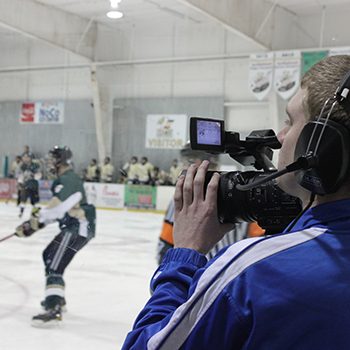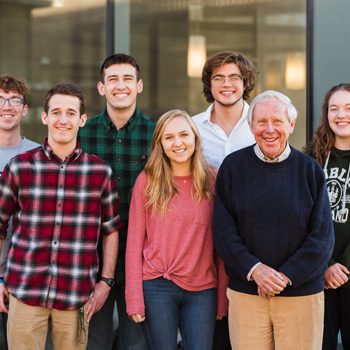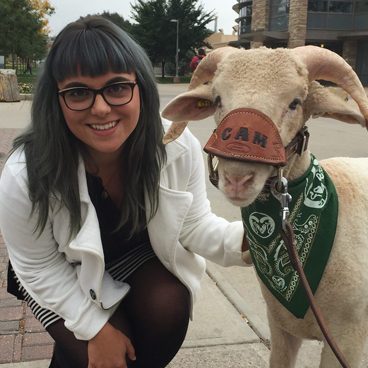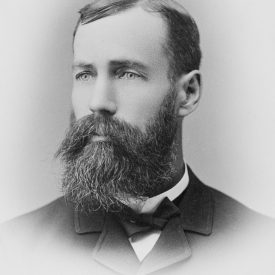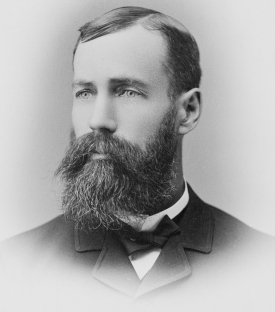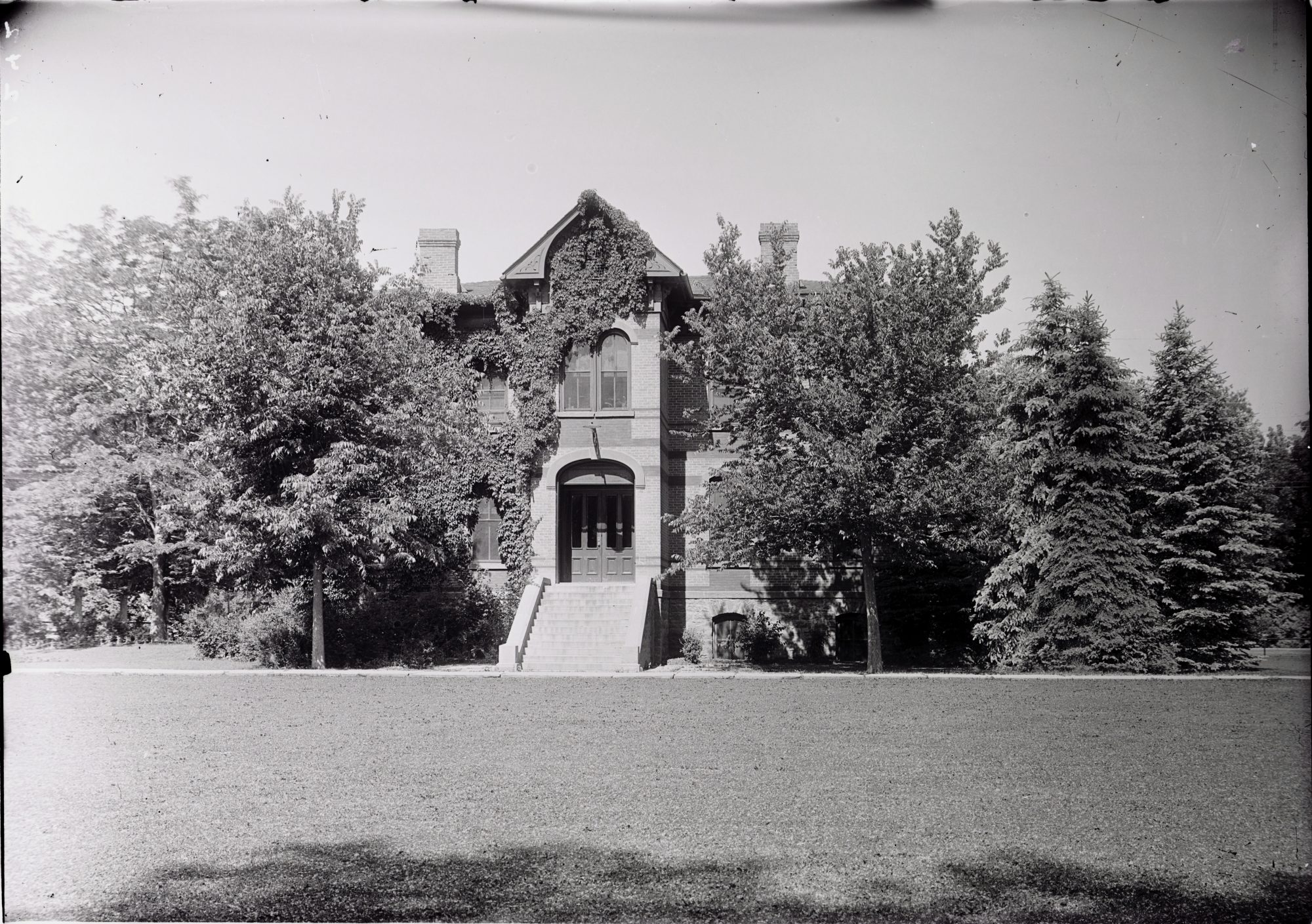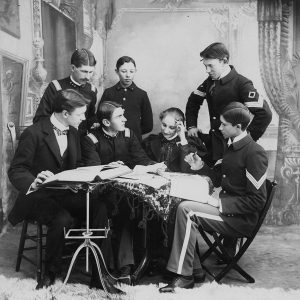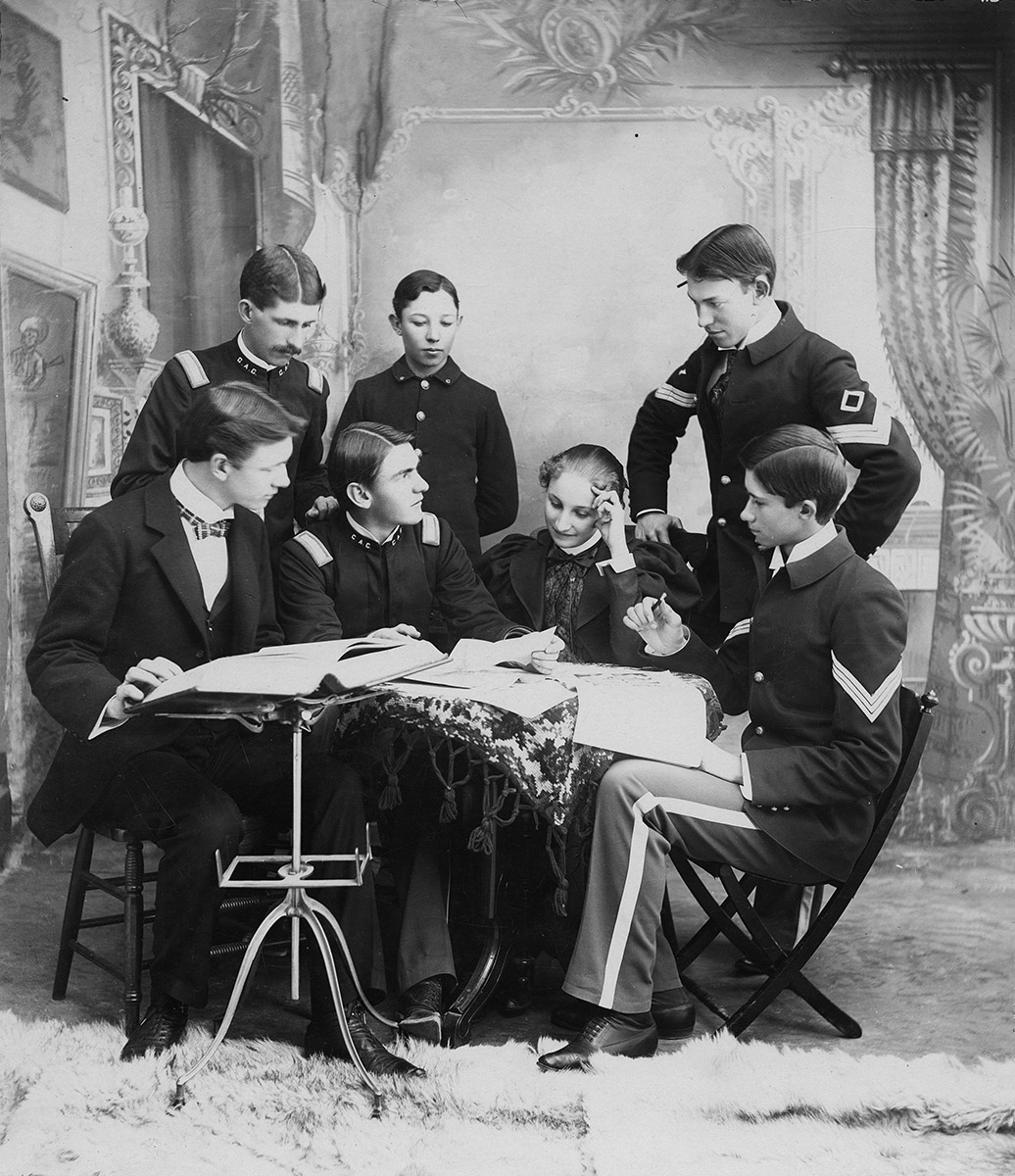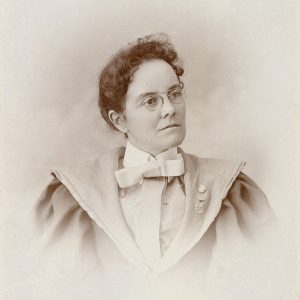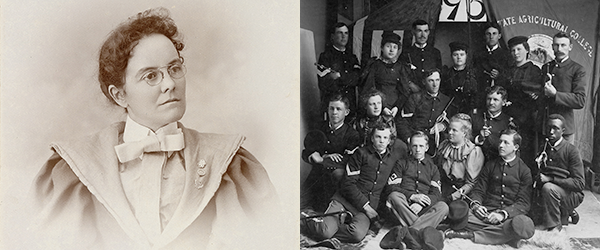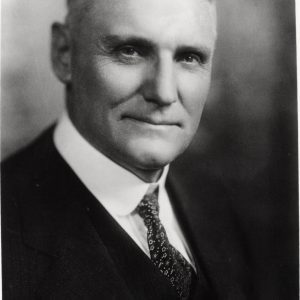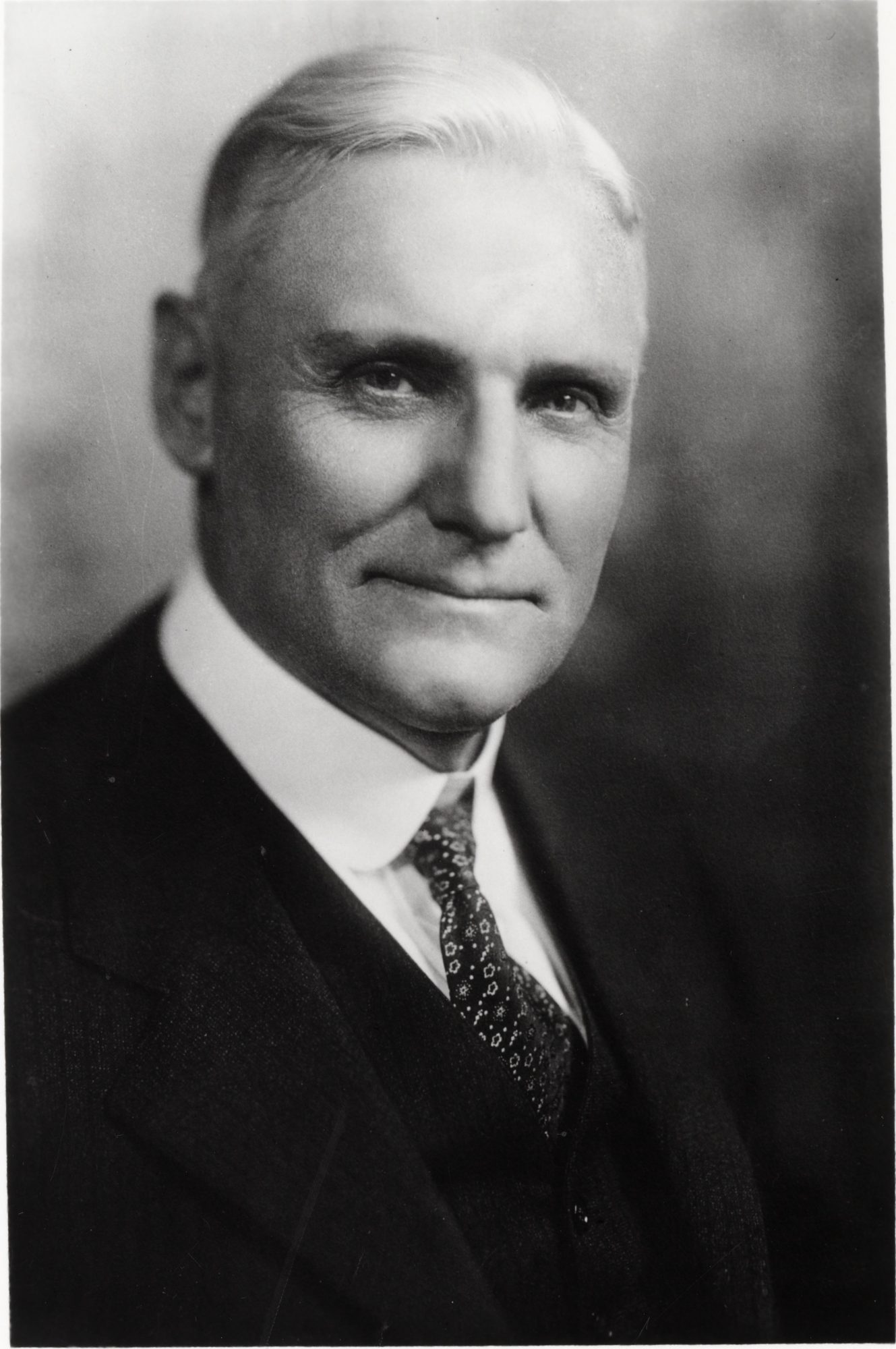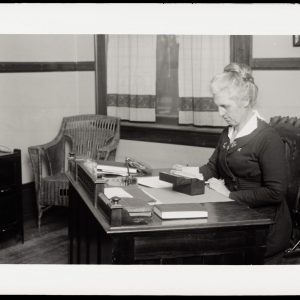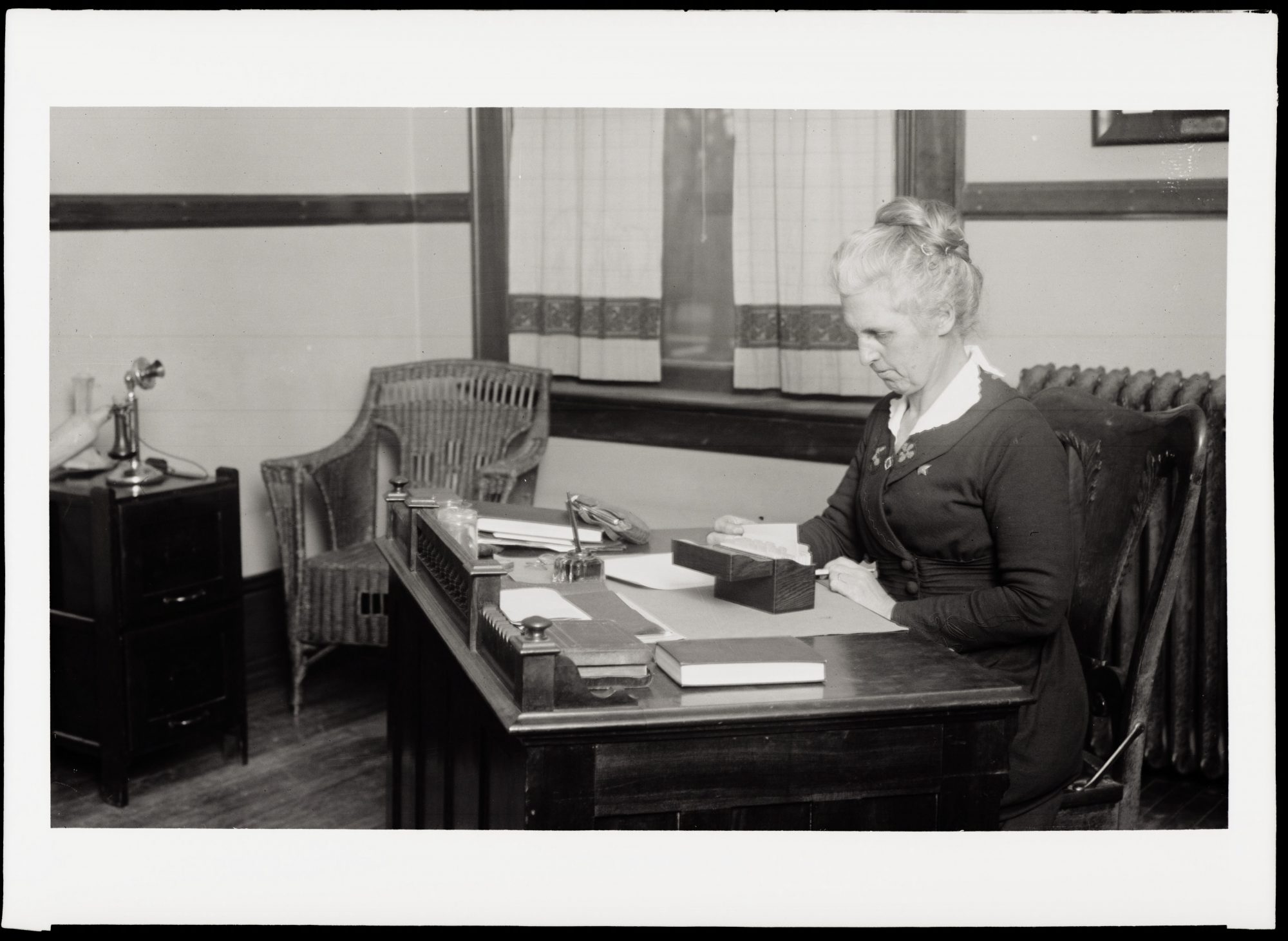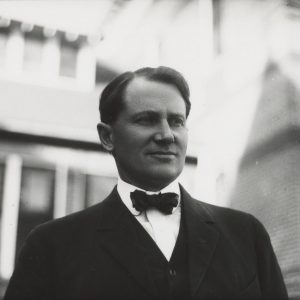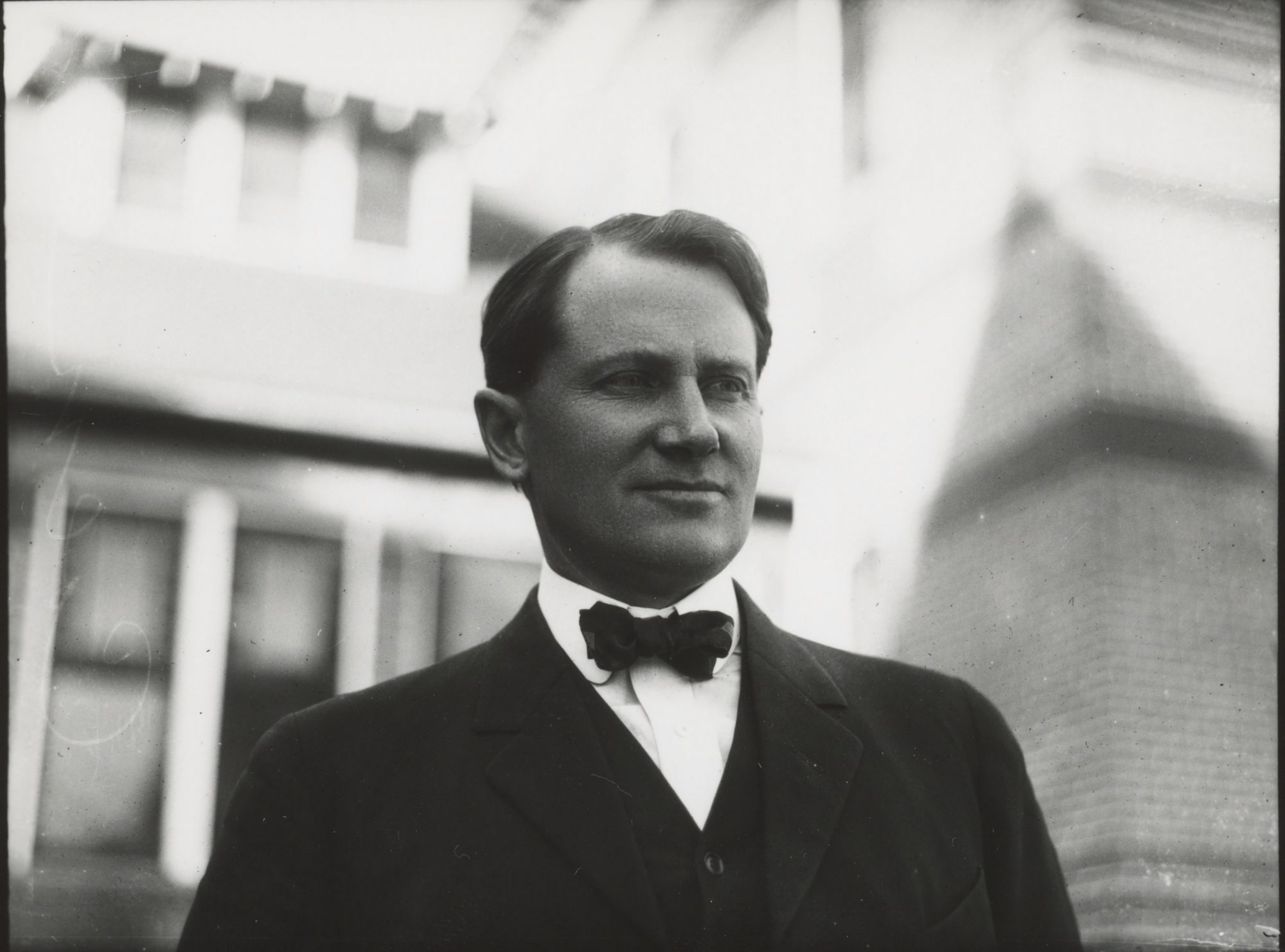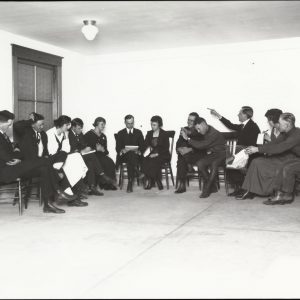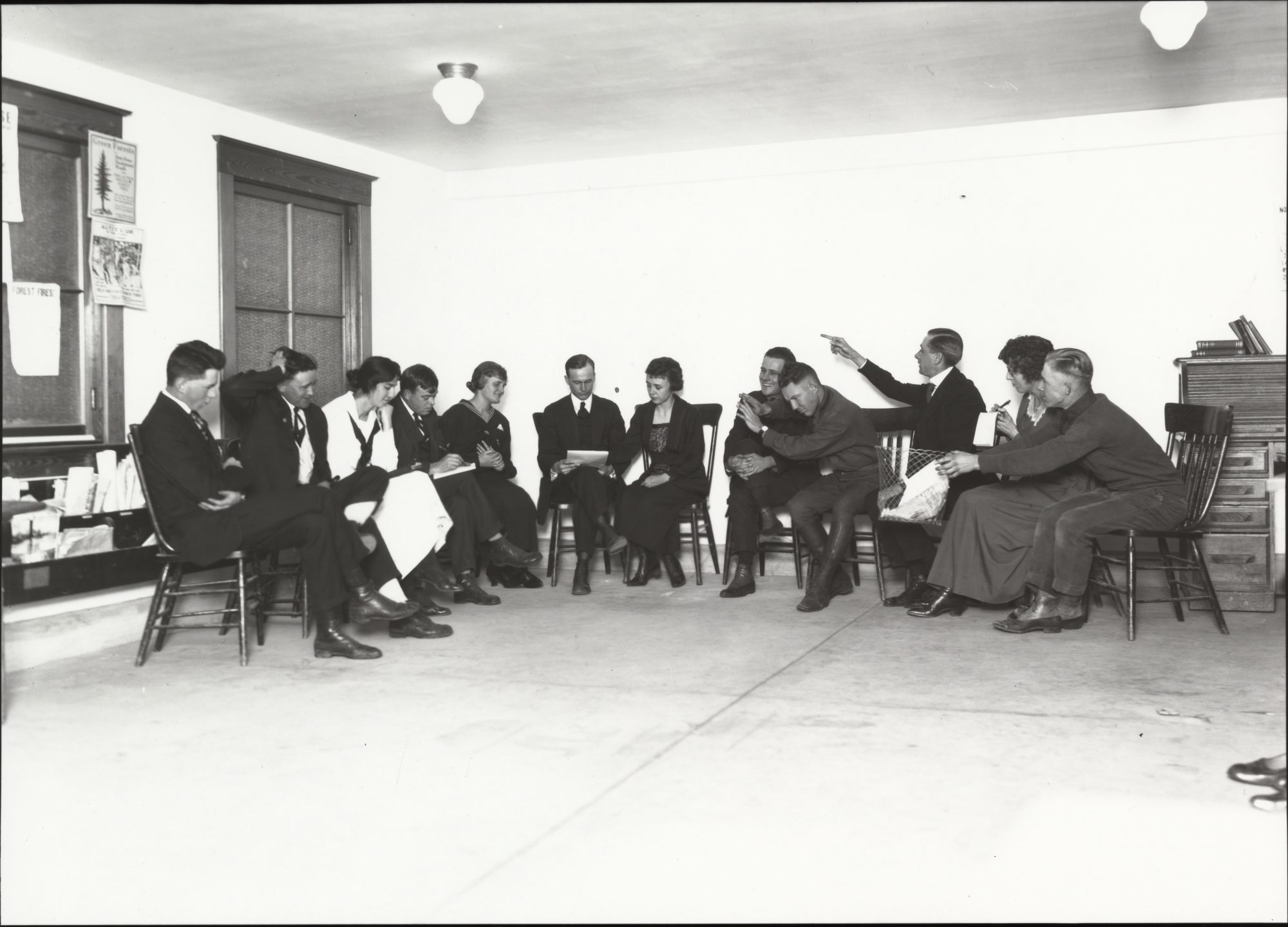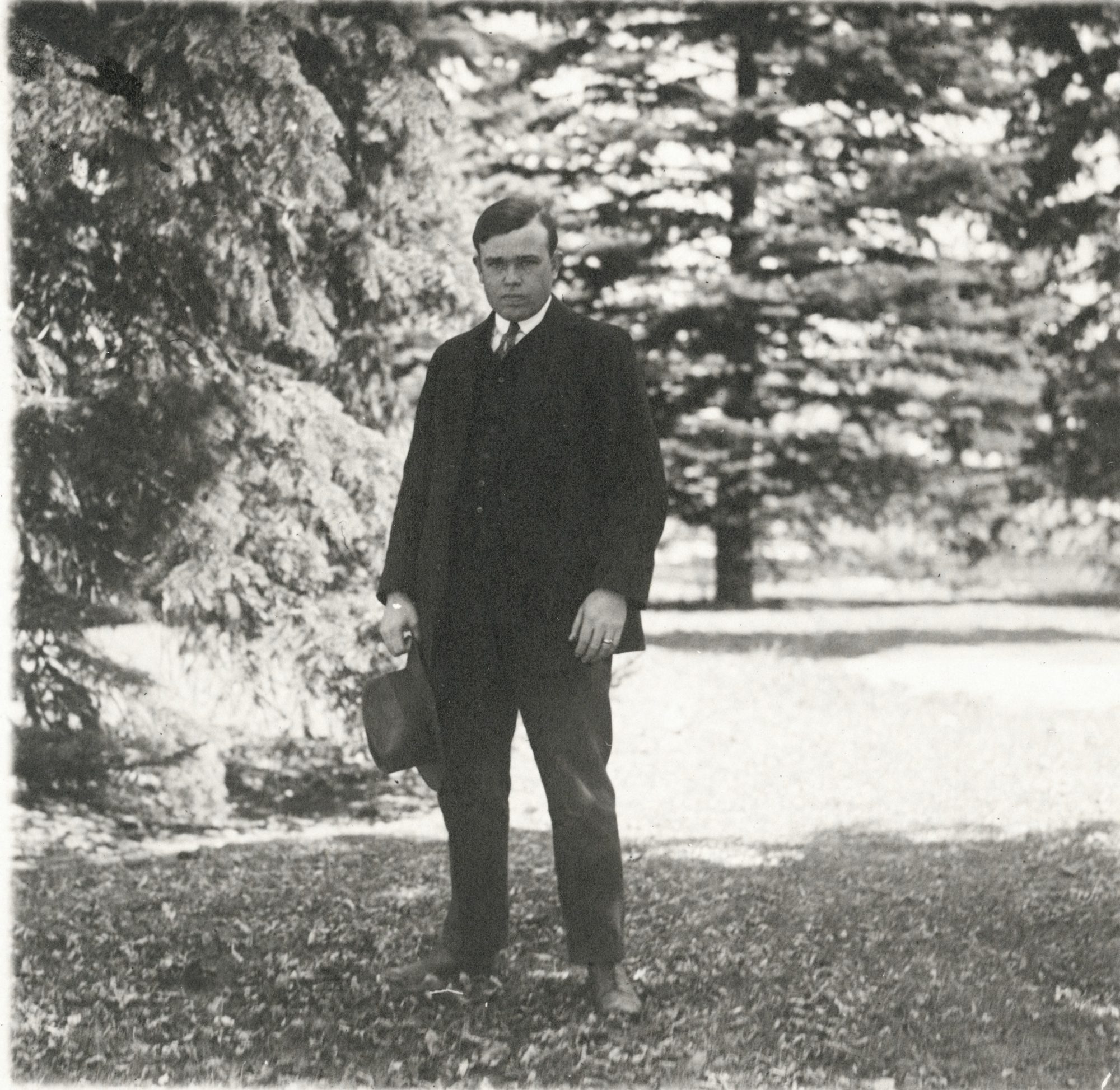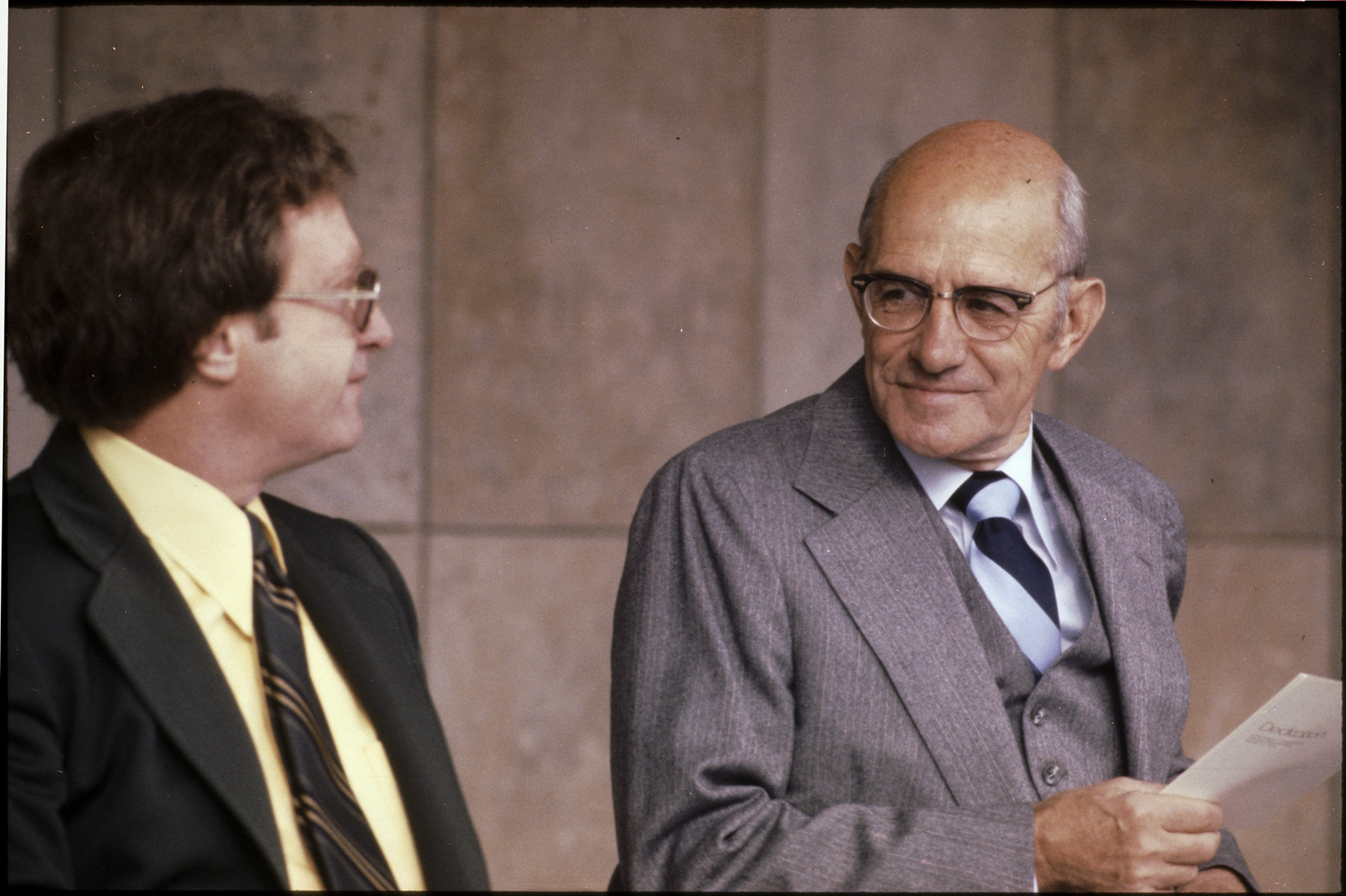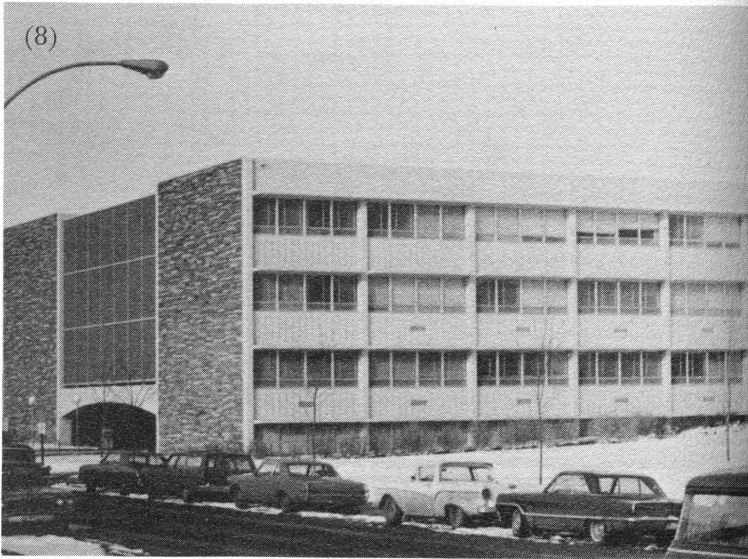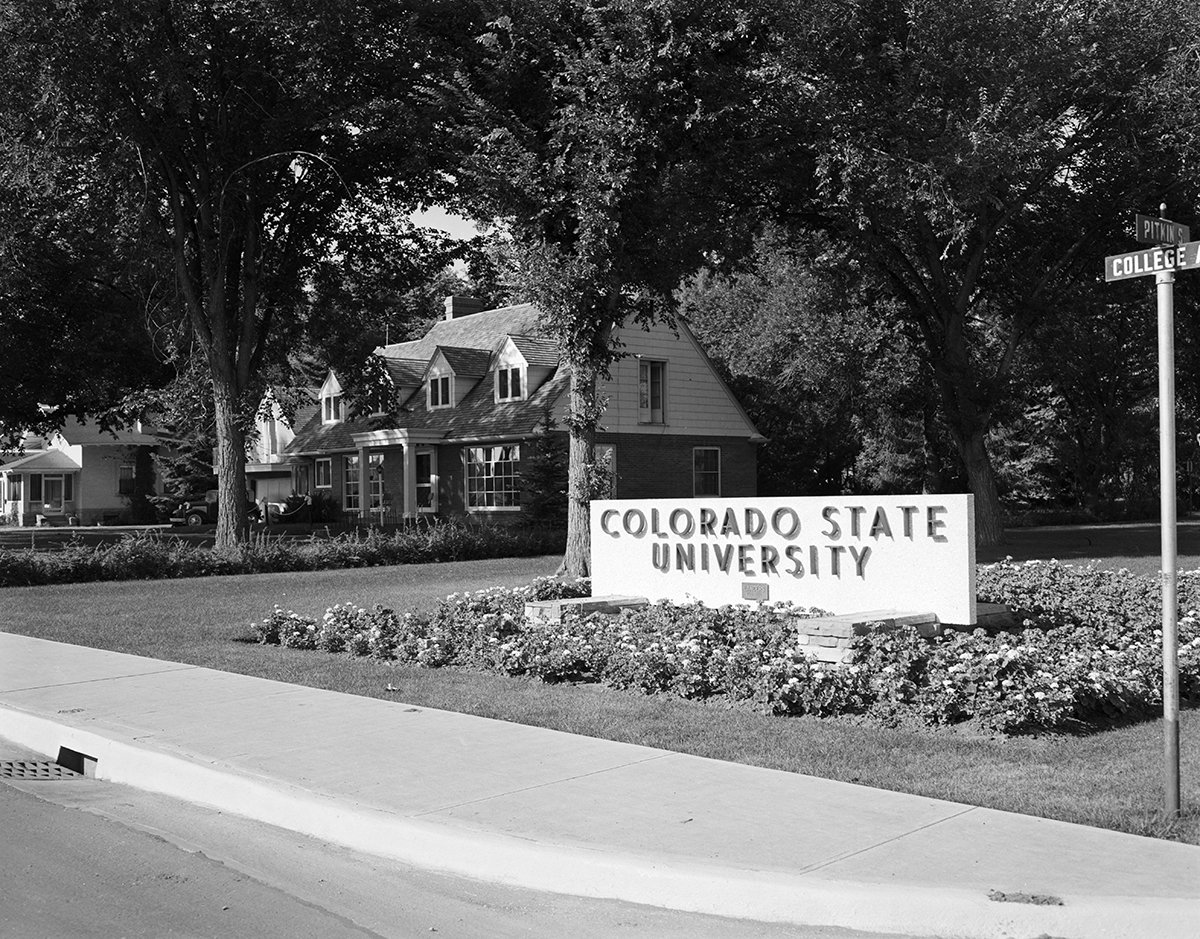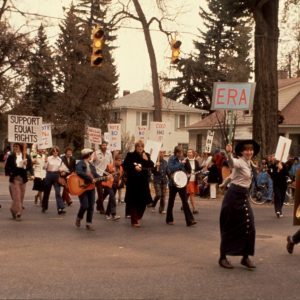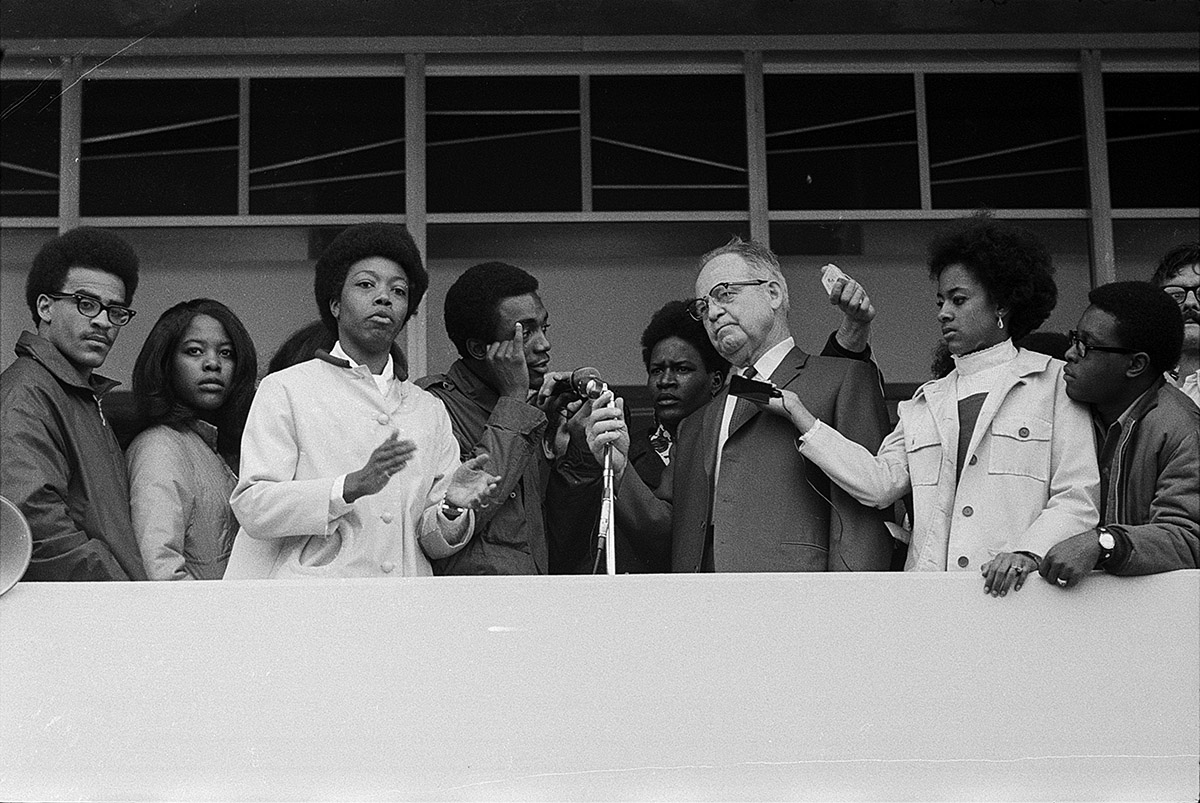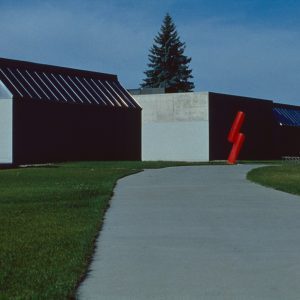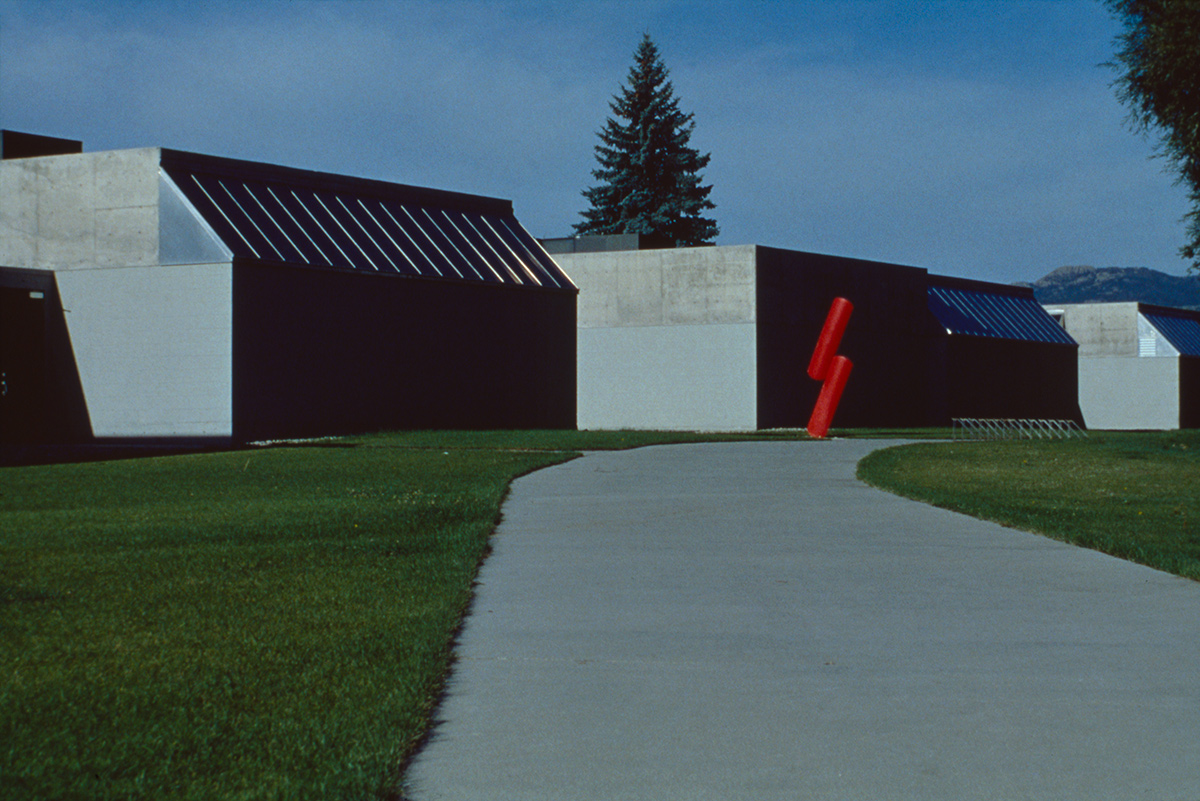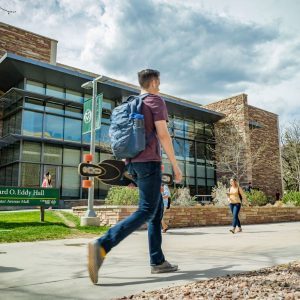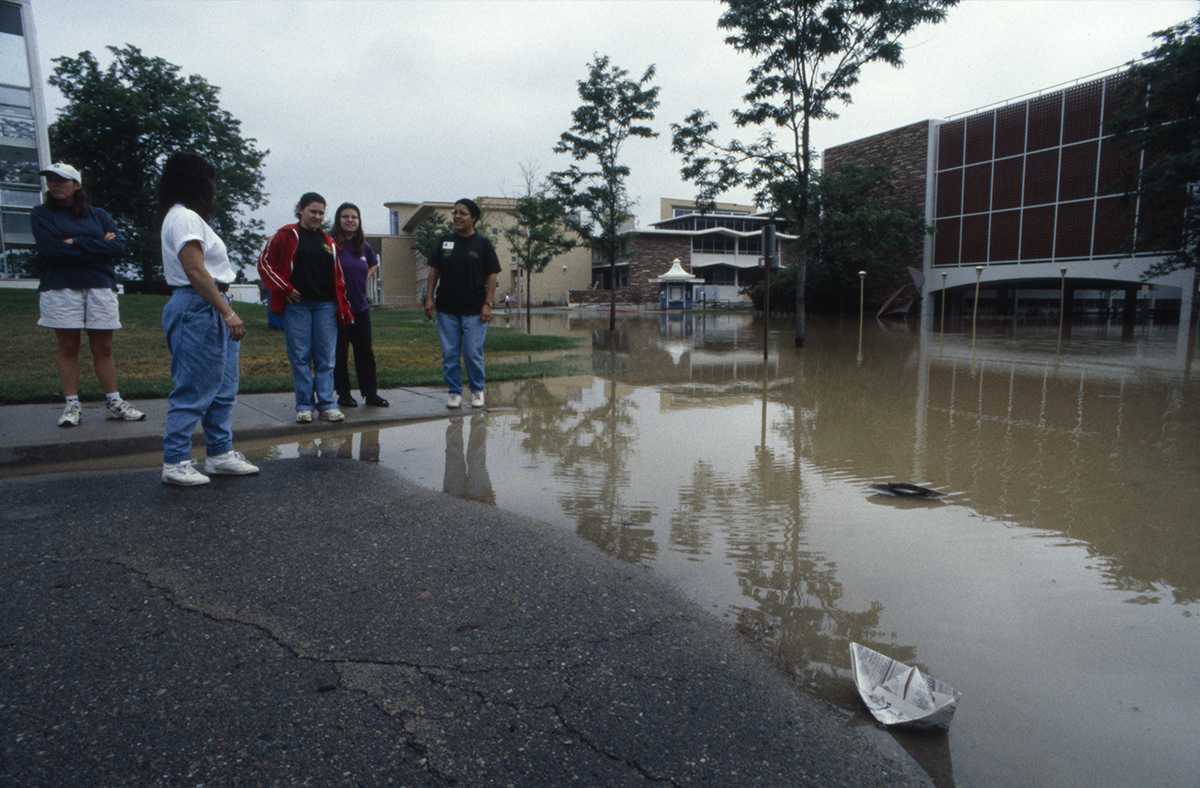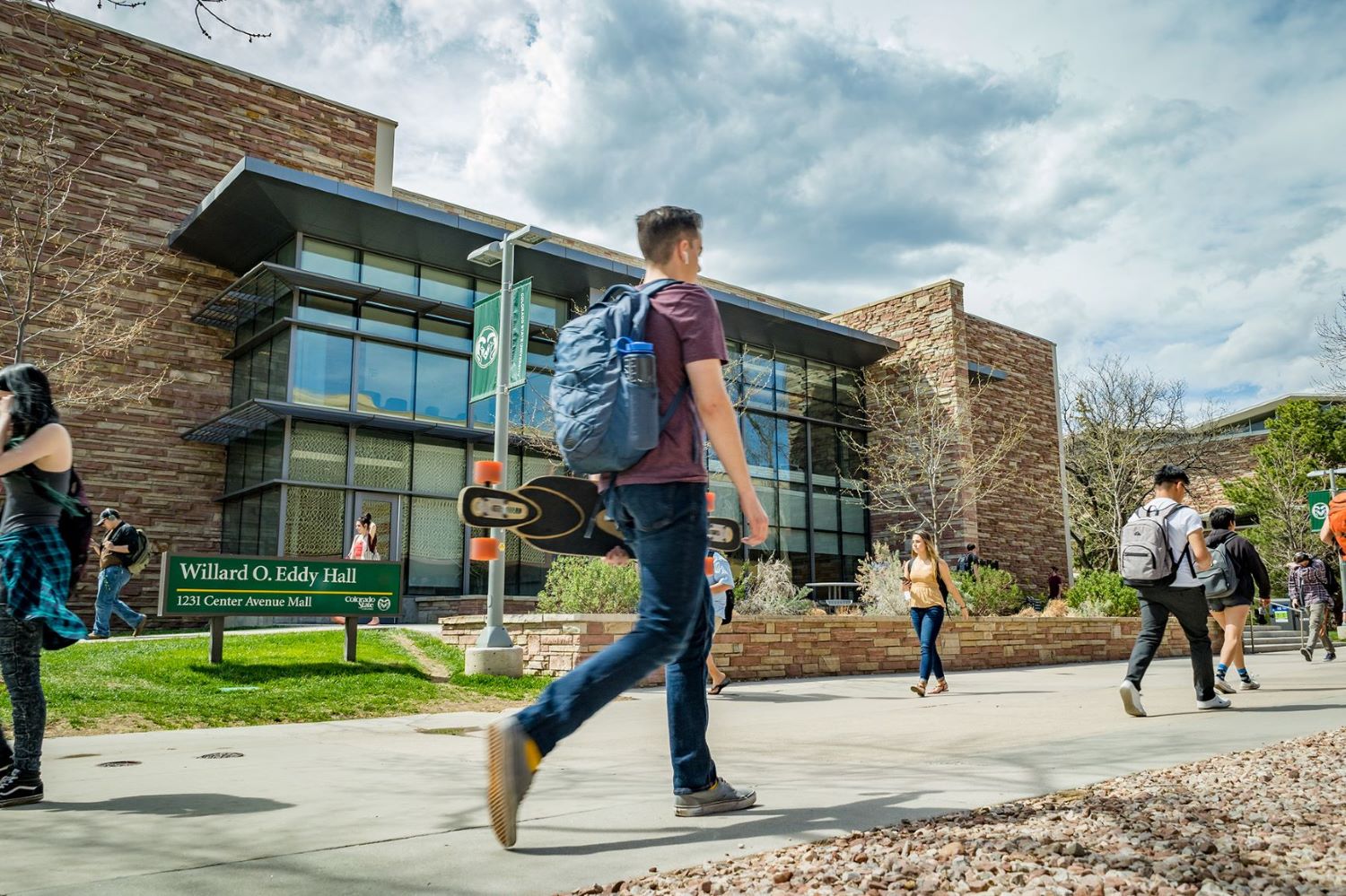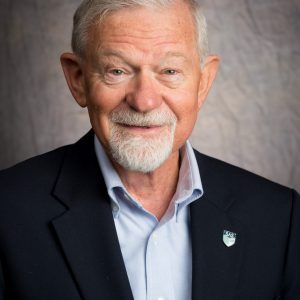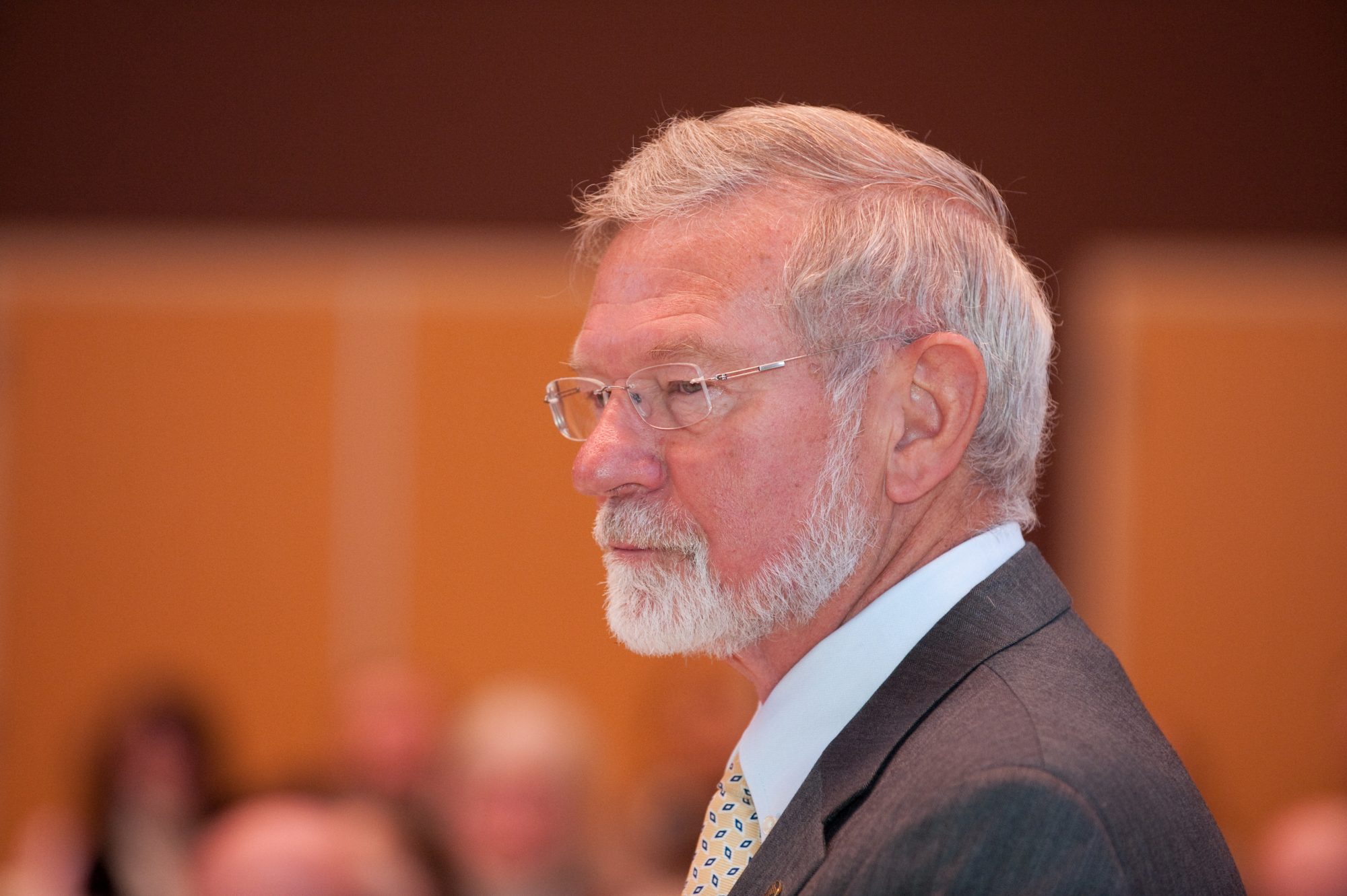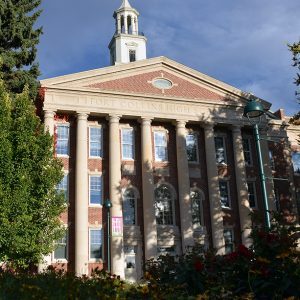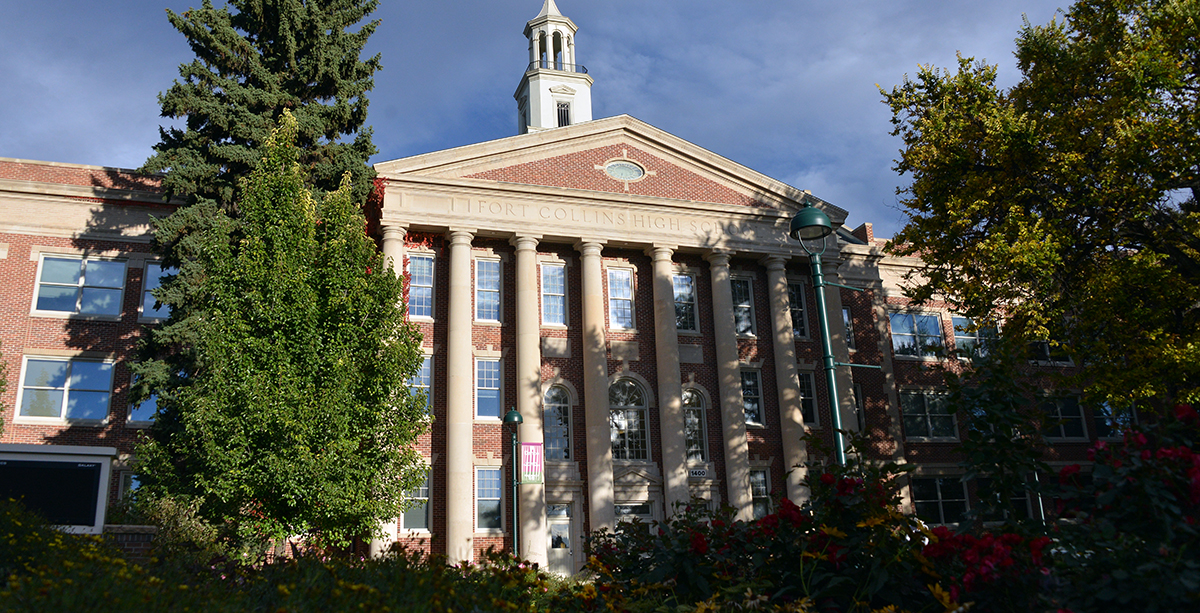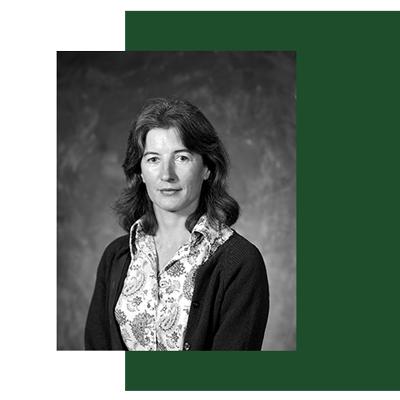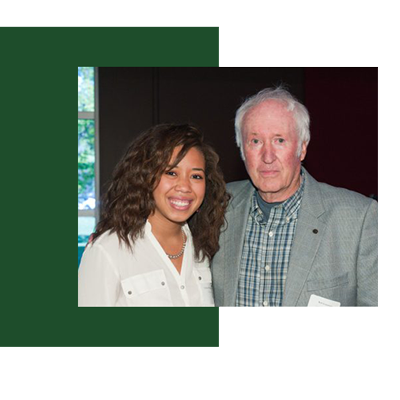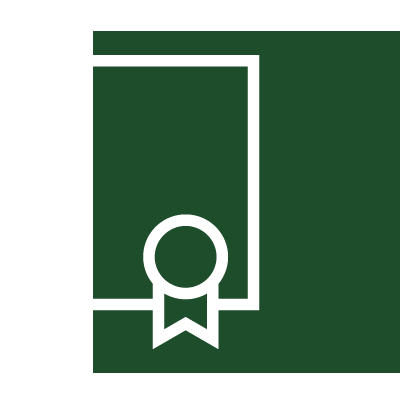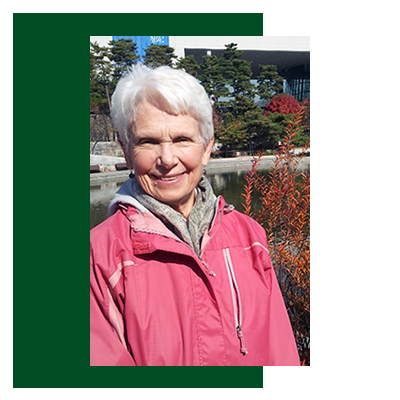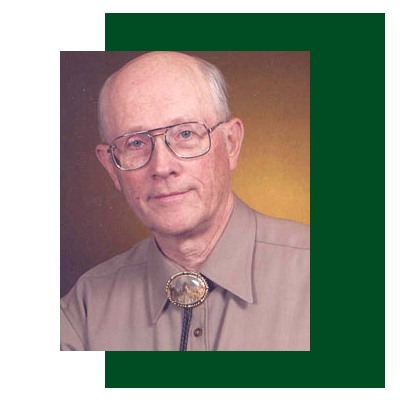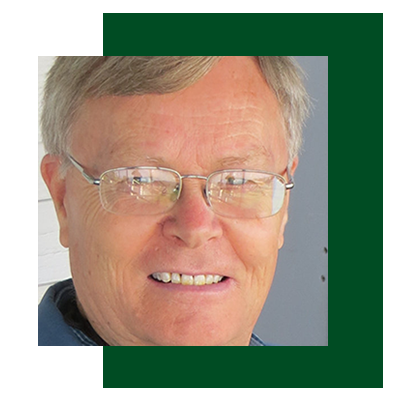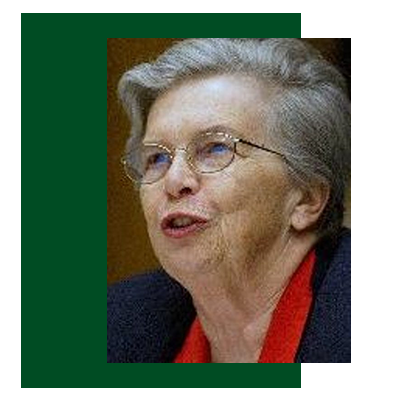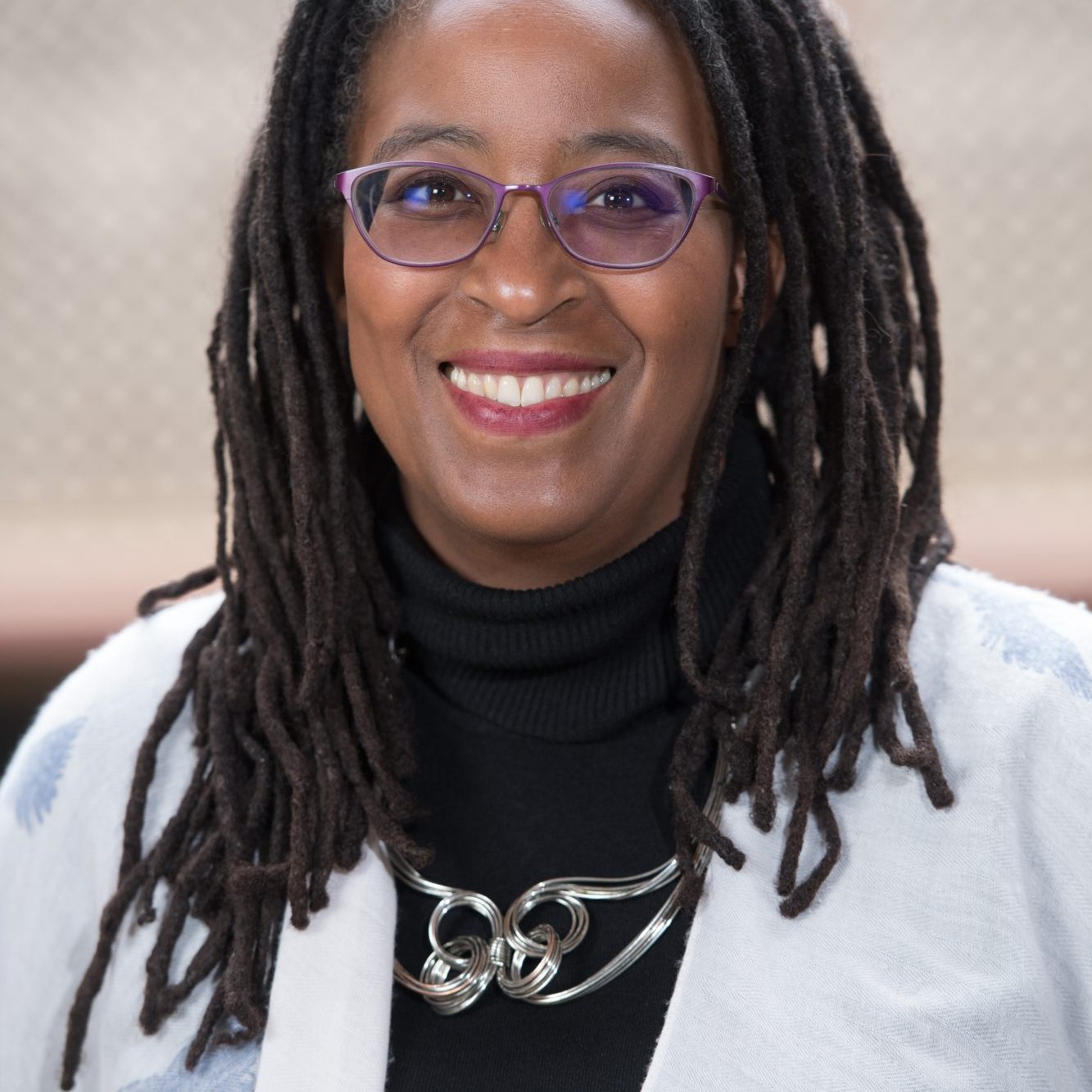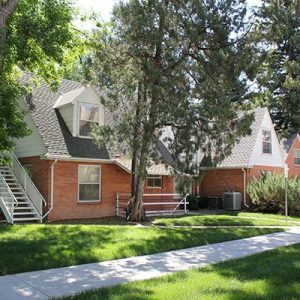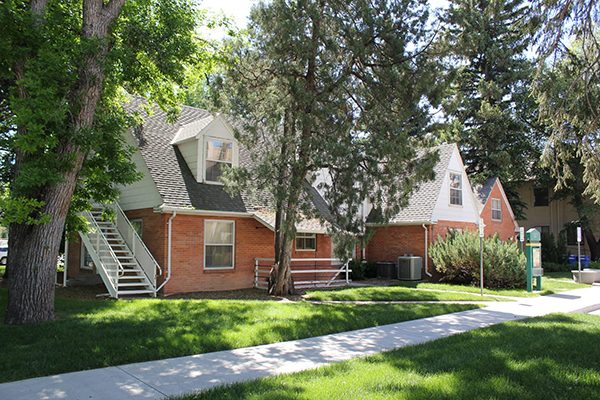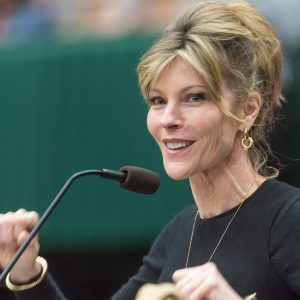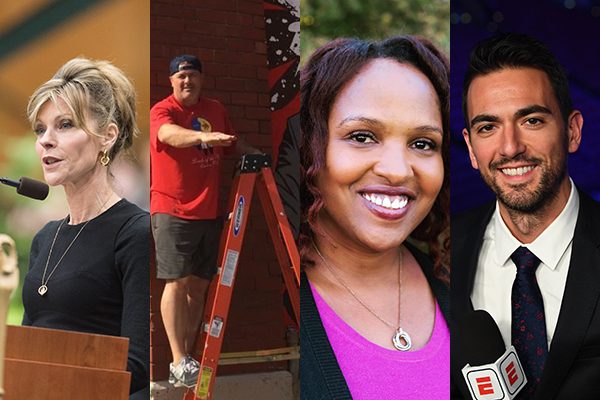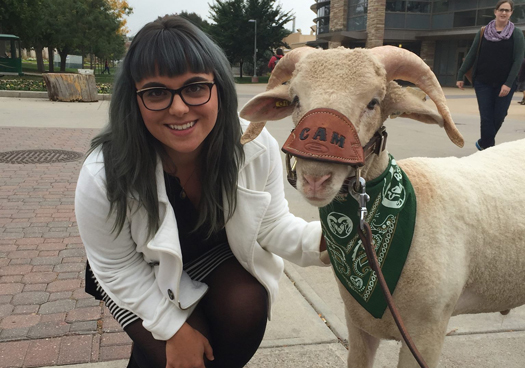Colorado State University’s College of Liberal Arts has only existed under its current name and structure since 1992, but the liberal arts have been essential to CSU’s curriculum from the very beginning.
Leaders throughout the University’s history have understood the importance of the liberal arts in preparing graduates to be engaged citizens and effective leaders in a rapidly evolving world. As Elijah E. Edwards, the first president of Colorado Agricultural College, said, “A one-sided education produces an un-symmetrical man. By a liberal education increased power and versatility is gained.”
The Past
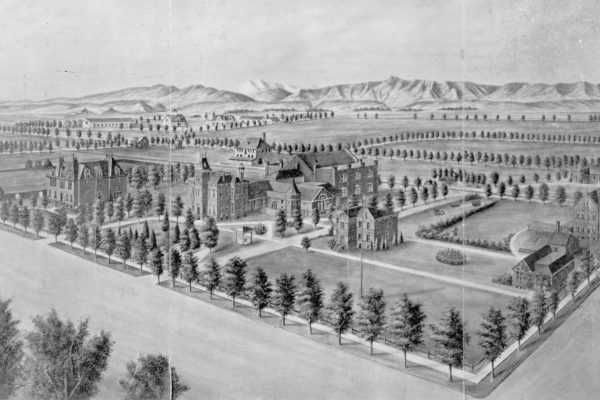
Liberal Arts and the Land Grant Mission
With the passage of the Morrill Act in 1862, land grant institutions across the country began to consider how to fulfill their directive: a college where the leading object shall be, without excluding other scientific and classical studies, to teach such branches of learning as are related to agriculture and the mechanic arts in order to promote the liberal and practical education of the industrial classes in the several pursuits and professions of life.
The state of Colorado answered this directive by establishing Colorado Agricultural College in 1870. Early college and state leaders debated the meaning of a “liberal and practical education” and how best to serve the citizens and state interests of Colorado. Ultimately a curriculum was developed, and in 1879, President Edwards and two faculty members welcomed a class of five students. During their first year, these pioneering students took courses in English Composition and Analysis, U.S. History, and Rhetoric, along with more technical coursework in Horticulture, Farm Economy, and Practical Agriculture.
Changes & Challenges of the Early Twentieth Century
The turn of the century brought new challenges to the country, especially the American west. World War I drained U.S. resources, and less than two decades later, the country was devastated by the effects of the dust bowl. These events underscored the importance of advancing agricultural production at the land grant institutions. The early twentieth century was also an era of social change, with the country following Colorado’s lead on women’s suffrage and the rise of manufacturing beginning to shift what had been a primarily agricultural economy.
Colorado Agricultural College kept pace with the changes and continued to prepare its students with an education that was both liberal and practical. By 1930, 1,072 students were enrolled at the College, a major leap from the first class of five. Growth and shifting priorities prompted the creation of the Division of Arts & Sciences in 1934, followed by a new name for the College – the Colorado State College of Agricultural & Mechanic Arts – in 1935.

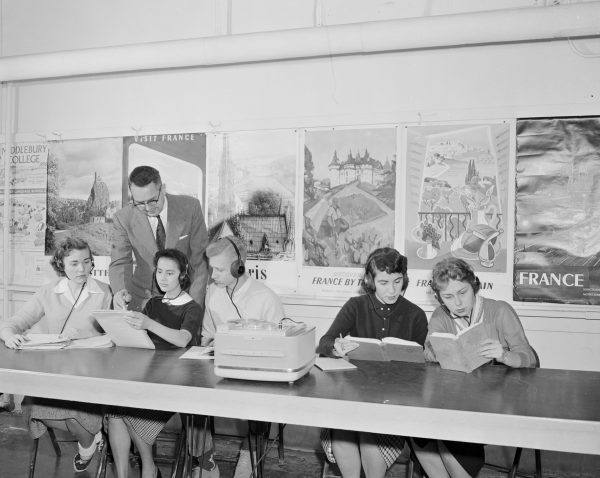
Higher Education for American Democracy
The “golden age of higher education” was a time of rapid growth for Colorado A&M. After a slight dip in enrollment during World War II, student enrollment grew to more than 4,000 as returning veterans took advantage of the G.I. Bill. This era brought with it an emphasis on the liberal arts, as President Truman’s Commission on Higher Education emphasized the importance of a well-rounded education to create an informed and engaged citizenry, stating, “It is urgently important in American education today that the age-old distinction between education for living and education for making a living be discarded.”
The influx of students brought structural changes to the College as well. In 1951, the Division of Science & Arts became the School of Science & Arts, then changed again to the College of Science & Arts in 1959 after Colorado A&M officially became Colorado State University. As the Baby Boomer generation headed to college, the University’s population jumped to more than 15,000, creating an immediate demand for more buildings and more choices in curriculum.
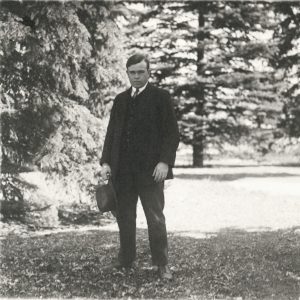
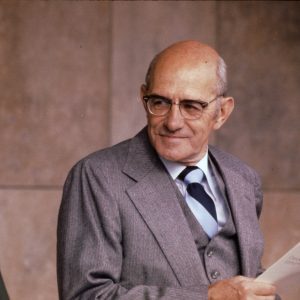
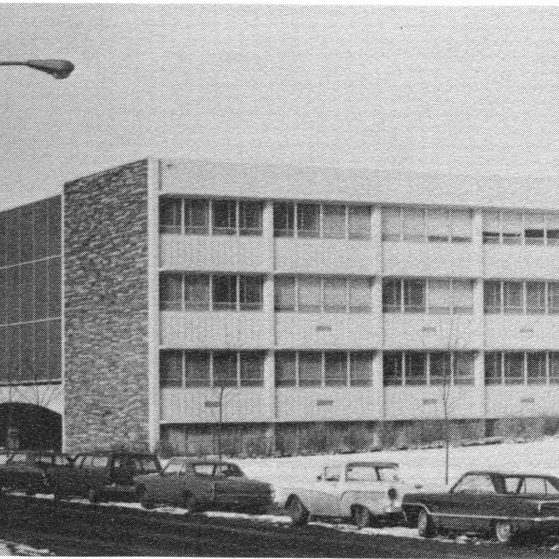
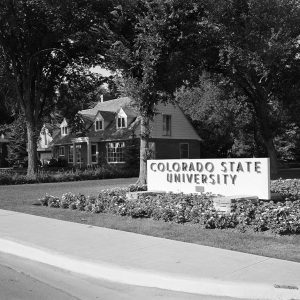
Demand for Cultural Relevance
Higher education’s “golden age” drew to a close amidst the cultural turbulence and activism of the late 1960s. As the country once again experienced sweeping social change, questions emerged about whether institutions of higher education were being responsive to society’s needs. Students and faculty alike began to call for a university that reflected the struggles for equality and social justice taking place across the nation.
In 1968, the School of Humanities & Social Sciences split from the College of Science & Arts, in part to meet the demand for broader curriculum. The School continued to grow in both enrollment and programs, adding eight undergraduate and graduate degrees between 1969 and 1979. In 1974 the NCA approved Colorado State University for mature status, an indication of its sense of purpose, growth, and receptivity to interdisciplinary programs. Two years later it was designated a Carnegie Class I Research University. As the University continued to expand its liberal arts offerings, including a robust fine arts program, the School of Humanities & Social Sciences was elevated to the College of Arts, Humanities, & Social Sciences in 1977.


Renewed Emphasis on Outcomes and Undergraduate Education
After the rapid enrollment growth of the “baby boom,” colleges across the country experienced a “baby bust.” Student populations stagnated, and higher education was forced to once again reimagine its purpose. A changing economic climate prompted an focus on student outcomes. Would graduates be prepared for the world they were going to graduate into?
This question led many universities, including CSU, to re-evaluate their undergraduate curriculum. Beyond career training in STEM fields, students needed essential skills to keep pace with rapidly evolving technology and globalization – the ability to think critically, the ability to communicate, and the ability to analyze and synthesize information, and the ability to understand culture and context. These skills were learned through the liberal arts, and in 1992 the College of Liberal Arts was established at CSU. Dean of the College of Liberal Arts Loren Crabtree said of the name change, “We wanted to give ourselves a real identity, to say that we were an integral part of this institution. Not just integral, but foundational.”
In 2019, CSU celebrated its 150th anniversary.
Emeriti Memories






The Present
Purposeful learning. Impactful scholarship. Meaningful engagement.
The College of Liberal Arts is a community of arts, humanities, and social science scholars who study the cultural, social, environmental, and historical context in which we live, and examine what it means to be human.
As one of the largest colleges on campus, the College of Liberal Arts enrolls more than 6,500 undergraduate and 500 graduate students. Within its 18 departments and programs, it houses 19 majors, 40 minors, 50+ concentrations, and 23 graduate programs.
Excellence in teaching, engaged scholarship, and research and creative artistry define the College. Organizations ranging from NASA to the National Endowment for the Arts fund CLA research and creative artistry projects. Students and faculty within the College share a commitment to the well-being of the human community, the natural environment in which we live, and to the inspiration of the human spirit.
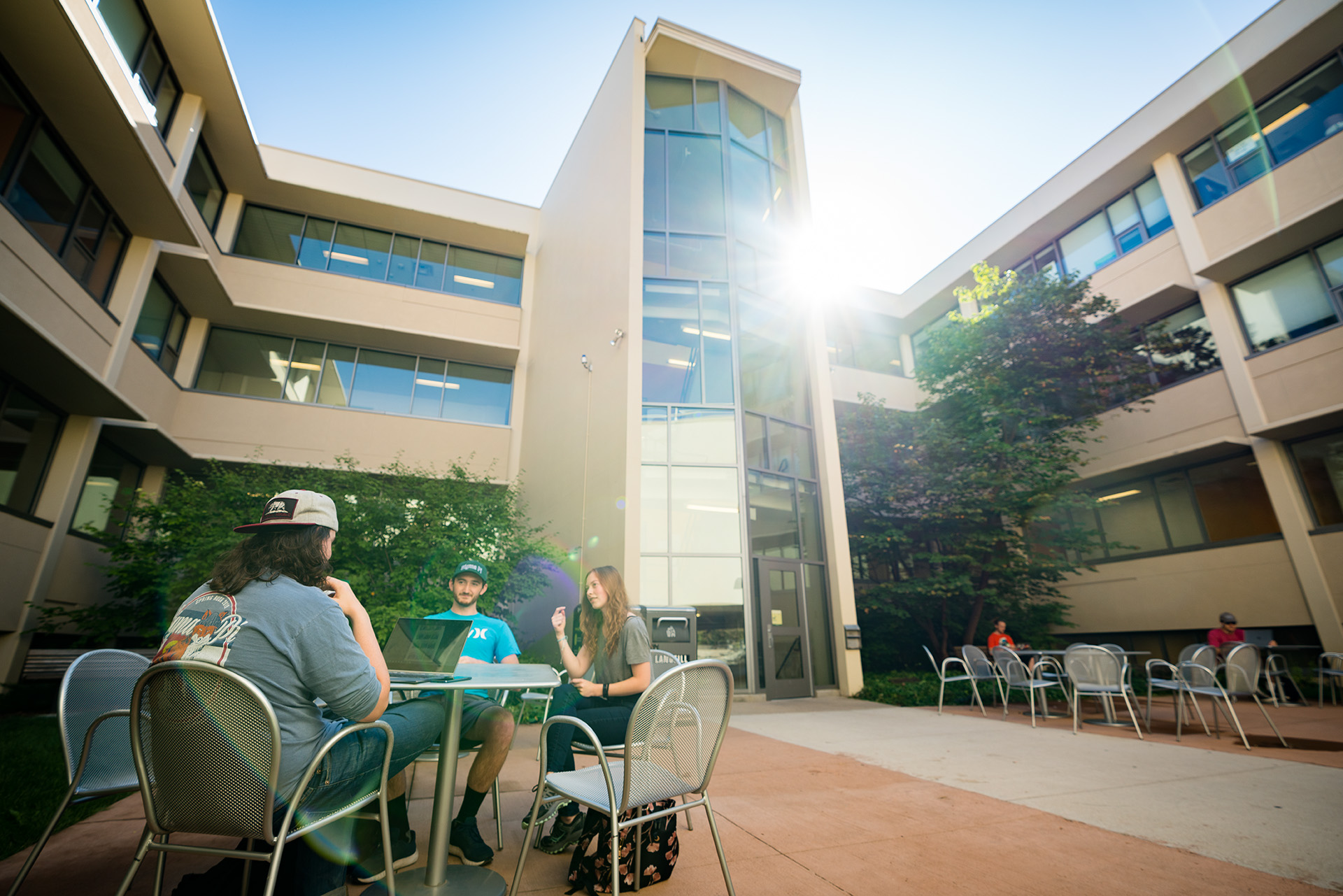
The Future
Value of the Liberal Arts
As the 21st century develops, land-grant institutions face new challenges for which the liberal arts will be essential partners, if not central players: the need for an educated citizenry, addressing social and cultural dimensions of technological change, developing and understanding key resources of the knowledge economy, meeting a critical need to educate civically engaged and productive citizens.
We in CLA, through carefully chosen investments in key people and programs that support and make visible CSU’s excellence in areas of its traditional land-grant strength, will continue to develop our own distinctive brand as a place that connects an engaged liberal arts education to civic education and local, state, and regional democratic institutions.
Ben Withers, Ph.D.
Dean, College of Liberal Arts
Read Dean Withers’s complete column, “The Liberal Arts at a 21st Century Land-Grand University,” on Source.
